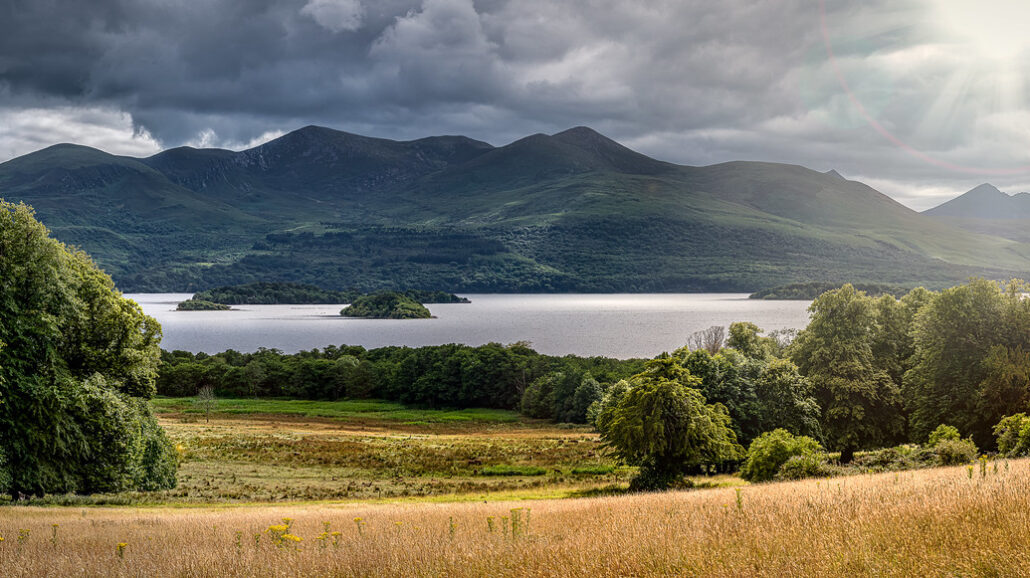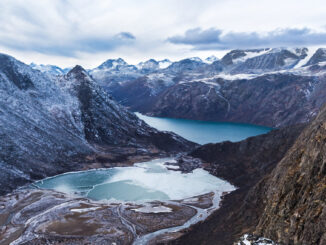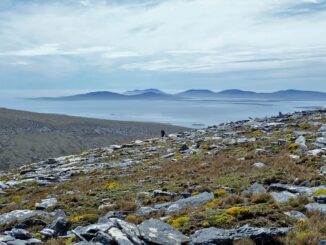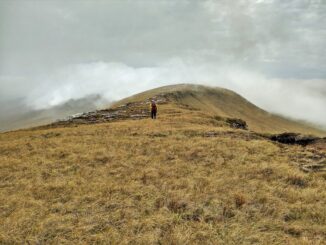
Authorities in Ireland are on a mission to expand and improve formal protections for natural areas and wildlife across the Emerald Isle.
The new push comes after what critics characterize as years of mismanagement and neglect. Observers say successive governments in Ireland have badly underfunded the country’s parks and wildlife management agency. Meanwhile, Ireland hasn’t made any major progress in expanding areas under formal protection for decades.
But the situation seems to be turning around. More funding and a slew of recent announcements suggest that the government in Dublin is eager to tout its green credentials.
Last month, Ireland’s government announced that it was making significant progress in its Heritage Ireland 2030 initiative, described by the Department of Housing, Local Government, and Heritage as “a series of structures under which all these stakeholders can come together to advance the protection of Ireland’s heritage through over 150 actions.”
Examples of progress the Department pointed to include major new funding for parks and parks managers and a significant increase in staffing at the country’s main conservation agency, the National Parks and Wildlife Service.
A revamped, better-staffed, and better-funded NPWS will soon have more property to care for.
Coming soon: a new Irish national park
Currently, Ireland is home to just six officially designated national parks. The last time a national park was established there was 25 years ago when the government formally declared Wild Nephin National Park open for visitors.
Now, the government says it will add a seventh by next year. Officials recently announced the government’s purchase of more than 500 acres of land to become part of Ireland’s newest nationally protected area, tentatively titled Boyne Valley National Park.
The acquired land is already designated a World Heritage Site by the United Nations Educational, Scientific, and Cultural Organization (UNESCO). “It includes Dowth Hall, an eighteenth-century neoclassical country house, and Netterville Manor, a late Victorian almshouse,” NPWS announced. The Service noted that the region also includes protected river habitat “home to dozens of bird and animal species, including endangered species.”
The acquisition cost the government 11 million Euros. Ireland’s government already owns a smaller tract of World Heritage property adjacent to the newly acquired land.
The new national park’s establishment “will significantly enhance our management of the Brú na Bóinne World Heritage landscape,” said Darragh O’Brien, Ireland’s Minister for Housing, Local Government, and Heritage. “We will conserve and protect Dowth’s heritage in line with our obligations to UNESCO and we will enhance responsible tourism, ensuring it becomes a standout destination.”
Room for improvement
The announcement that Ireland will soon create Boyne Valley National Park was made with great fanfare, but it was not without some controversy.
In an op-ed published in the Irish Times, Ella McSweeny criticized the government’s plan to allow farming to continue at the country’s newest national park. NPWS says it will research how farming impacts biodiversity at Boyne Valley.
McSweeny also complained that Ireland’s existing national parks are woefully undermanaged and that NPWS itself is perpetually underfunded, but said there’s hope that things are improving with new leadership at the helm.
“The parks have no management plans, and their problems are deep: overgrazing by deer and sheep, wildlife crime and fire, invasion by invasive species, and climate change,” McSweeny wrote. “The NPWS, an organization of dedicated staff, has been starved of funding by successive governments. But its fortunes have turned under Minister of State for Heritage Malcolm Noonan, who has led the agency’s reorganization and has allocated significant funds to support its work.”
Noonan argued in a release that conservation, wildlife protection, and farming need not be enemies at the forthcoming Boyne Valley National Park. “We look forward to sustaining and growing this legacy to ensure that farming, nature, and the cultural heritage of this ancient landscape can continue in harmony, as they have done since our ancestors first settled in the Boyne Valley over 5,500 years ago,” he said.
An image overhaul
The announcement of a new national park is just one example of recent efforts by NPWS to revamp its image and demonstrate a stronger commitment to better managing Ireland’s natural heritage.
Last week, Noonan announced a novel “twinning agreement” between Wild Nephin and Yosemite National Park in the United States.
Dubbed a “sister parks” arrangement somewhat akin to the sister cities program, the partnership with Yosemite’s managers could help to improve management practices at Wild Nephin. The five-year deal commits managers of both parks to cooperate and share information on best park management practices, including forest and fire management. The agreement will also see the two parks sharing strategies for their dark skies management.
Claire Cronin, the US ambassador to Ireland, was on hand with Noonan at a special ceremony held at Wild Nephin to announce the new arrangement. She predicted conservation benefits are in store for both national parks. “I am confident that the professionals from Yosemite and Wild Nephin have much to learn from each other,” Cronin said.
Ireland has big ambitions for marine protected areas, as well.
In late October, O’Brien announced that Ireland’s government would pledge to protect 30 percent of its coastal and marine environment by 2030. The move is seen as an effort to align Ireland with the European Union’s Biodiversity Strategy and commitments made by parties to the UN Convention on Biological Diversity.
Noonan has made a string of bold announcements this year to show that Ireland is increasingly engaged in wildlife protection and nature conservation.
Since January, Noonan and NPWS have issued more than a dozen announcements concerning separate conservation measures and enforcement actions, including convictions for wildlife poaching. Ireland says it will dramatically expand legal protections for endangered birds. And last summer, the government announced a five-year plan of action to target invasive species threatening native flora and fauna.
The government is barely a year and a half into its Heritage Ireland 2030 initiative, but Noonan says Ireland’s parks and wildlife managers have already made great strides in expanding and improving protections for nature and wildlife on the island.
“Increasing capacity and resources has been progressing steadily since Heritage Ireland 2030 was approved by the government, including substantial staffing increases across a newly formed National Parks and Wildlife Service Executive Agency,” Noonan declared at the end of October. “We all have much more to do over the lifetime of this plan.”
©2025 Public Parks
Park Info
Park Location:
Ireland’s national parks



